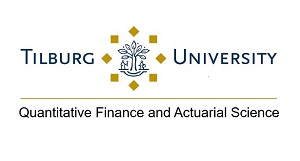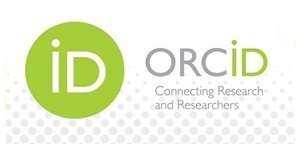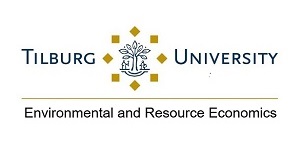Working papers (available for download from SSRN):
- Asset Diversification versus Climate Action (with Holger Kraft and Frederick van der Ploeg), CESifo Working Paper 8476, Ökonomenstimme
ABSTRACT: Asset pricing and climate policy are analyzed in a global economy where consumption goods are produced by both a green and a carbon-intensive sector. We allow for endogenous growth and two types of damages from global warming. It is shown that, initially, the desire to diversify assets complements the attempt to mitigate economic damages from climate change. In the longer run, however, a trade-off between diversification and climate action emerges. We derive the optimal carbon price, the equilibrium risk-free rate, and risk premia. Climate disasters, which are more likely to occur sooner as temperature rises, significantly increase risk premia.
- Recalculating the Social Cost of Carbon (with Soheil Shayegh, Valentina Bosetti, Simon Dietz, Johannes Emmerling, Svenn Jensen, Holger Kraft, Massimo Tavoni, Christian P. Traeger, and Frederick van der Ploeg), FEEM Working Paper 19.2018
ABSTRACT: Over the last few decades, integrated assessment models (IAM) have provided insight into the relationship between climate change, economy, and climate policies. The limitations of these models in capturing uncertainty in climate parameters, heterogeneity in damages and policies, have given rise to skepticism about the relevance of these models for policy making. IAM community needs to respond to these critics and to the new challenges posed by developments in the policy arena. New climate targets emerging from the Paris Agreement and the uncertainty about the signatories’ commitment to Nationally Determined Contributions (NDCs) are prime examples of challenges that need to be addressed in the next generation of IAMs. Given these challenges, calculating the social cost of carbon requires a new framework. This can be done by computing marginal abatement cost in cost-effective settings which provides different results than those calculated using constrained cost-benefit analysis. Here we focus on the areas where IAMs can be deployed to asses uncertainty and risk management, learning, and regional heterogeneity in climate change impacts.
- The Carbon Abatement Game (with Holger Kraft and Eduardo S. Schwartz), Winner of the Best Paper Award in Economics and Finance at IRMBAM-2019, NBER Working Paper w24604
ABSTRACT: Climate change is one of the major global challenges. Mitigating its impact is however bedeviled by free-rider problems and external effects. We thus study the problem of optimal carbon abatement in a dynamic non-cooperative game-theoretical setting involving multiple countries that are open economies. Our framework involves stochastic dynamics for CO2 emissions and economic output of the countries. Each country is represented by a recursive-preference functional. Despite its complexity, the model is analytically tractable. We can explicitly quantify each country’s decision on consumption, investment, and abatement expenditures. We also derive closed-form solutions for the country-specific and global social cost of carbon (SCC). One key finding is that both versions of the SCC are increasing in trade volume. This result is robust to adding capital transfers between countries. Our numerical examples suggest that disregarding trade might lead to a significant underestimation of the SCC.
- When Should Retirees Tap Their Home Equity? (with Holger Kraft and André Meyer-Wehmann), SAFE Working Paper No. 293
ABSTRACT: This paper studies a household’s optimal demand for a reverse mortgage. These contracts allow homeowners to tap their home equity to finance consumption needs. In stylized frameworks, we show that the decision to enter a reverse mortgage is mainly driven by the differential between the aggregate appreciation of the house price and principal limiting factor on the one hand and the funding costs of a household on the other hand. We also study a rich life-cycle model that can explain the low demand for reverse mortgages as observed in US data. In this model, we analyze the optimal response of a household that is confronted with a health shock or financial disaster. If an agent suffers from an unexpected health shock, she reduces the risky portfolio share and is more likely to enter a reverse mortgage. On the other hand, if there is a large drop in the stock market, she keeps the risky portfolio share almost constant by buying additional shares of stock. Besides, the probability to take out a reverse mortgage is hardly affected.





